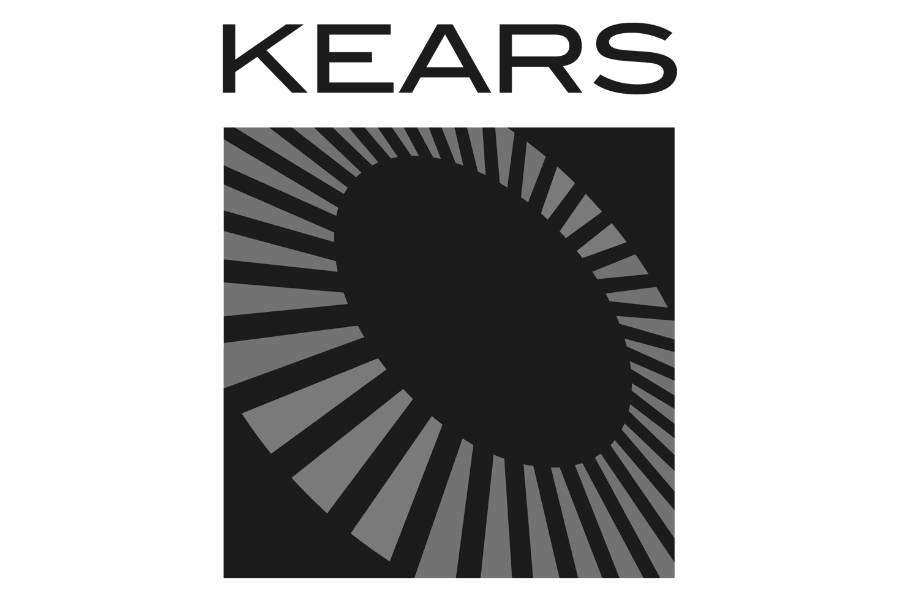sent on august 23, 2024
Given the current ubiquity of cameras, we’re consistently challenged with calculating a vehicle’s speed from video. This requires knowledge of its position in specific frames, and the timing of those frames. For position, the big methods are:
Reverse projection. Digitally overlay an exemplar point cloud on the frame, aligning it with the pixels representing the vehicle. This can be accomplished in PhotoModeler, 3ds Max, Axon Investigate (overlay tool), Blender, Rhino, etc. More info on that here.
Surface draw. Similar to 1, but instead of overlaying a point cloud, create a surface representing the roadway and mark the wheel positions on the surface for each frame. Once you know the camera location and properties, this can be accomplished in any photogrammetry or 3D CAD program. Here’s a quick video of what it looks like in PhotoModeler.
Passing points. Measure the distance between two distinct roadway features the vehicle passes, and determine the time interval… boom, average speed. You can also create virtual passing points using roadside landmarks, as discussed in Mark Crouch and Stephen Cash’s Video Analysis book.
Pixel Tracking. Like 1 and 2, the first step with this method is to establish the camera location and properties. From there, the coordinates of pixels representing, say, the taillight of a vehicle, can be manually or automatically tracked and translated to 3D, real-world coordinates. PFTrack is my favorite tool for this. William Neale, et al., wrote a great paper about the method, which can be found here. Note: a more basic version of this method can be performed without solving for camera properties. See the Crouch/Cash book for more info.
OG reverse projection. The analog version of 1. Flip on the surveillance camera, shut down the road, drive an exemplar vehicle through the frame until it aligns with the subject video pixels, document that position, and repeat for key frames. Typically not something private engineers can do, but maybe LEOs.
If some of the concepts above are foreign, I plan to make related tutorials soon. I’ll also write a To the Point about frame timing shortly and related tutorials will follow. To that end, I would appreciate a response to the survey below to help guide my efforts.
Finally, if you’d like more formal instruction on these concepts, Dan Mills is teaching his photogrammetry course online soon, Mark Crouch has an online LEVA video course coming up, and I’ll be launching my online photogrammetry course next month.
Thanks for reading, keep exploring!
Lou Peck
Lightpoint | Axiom























